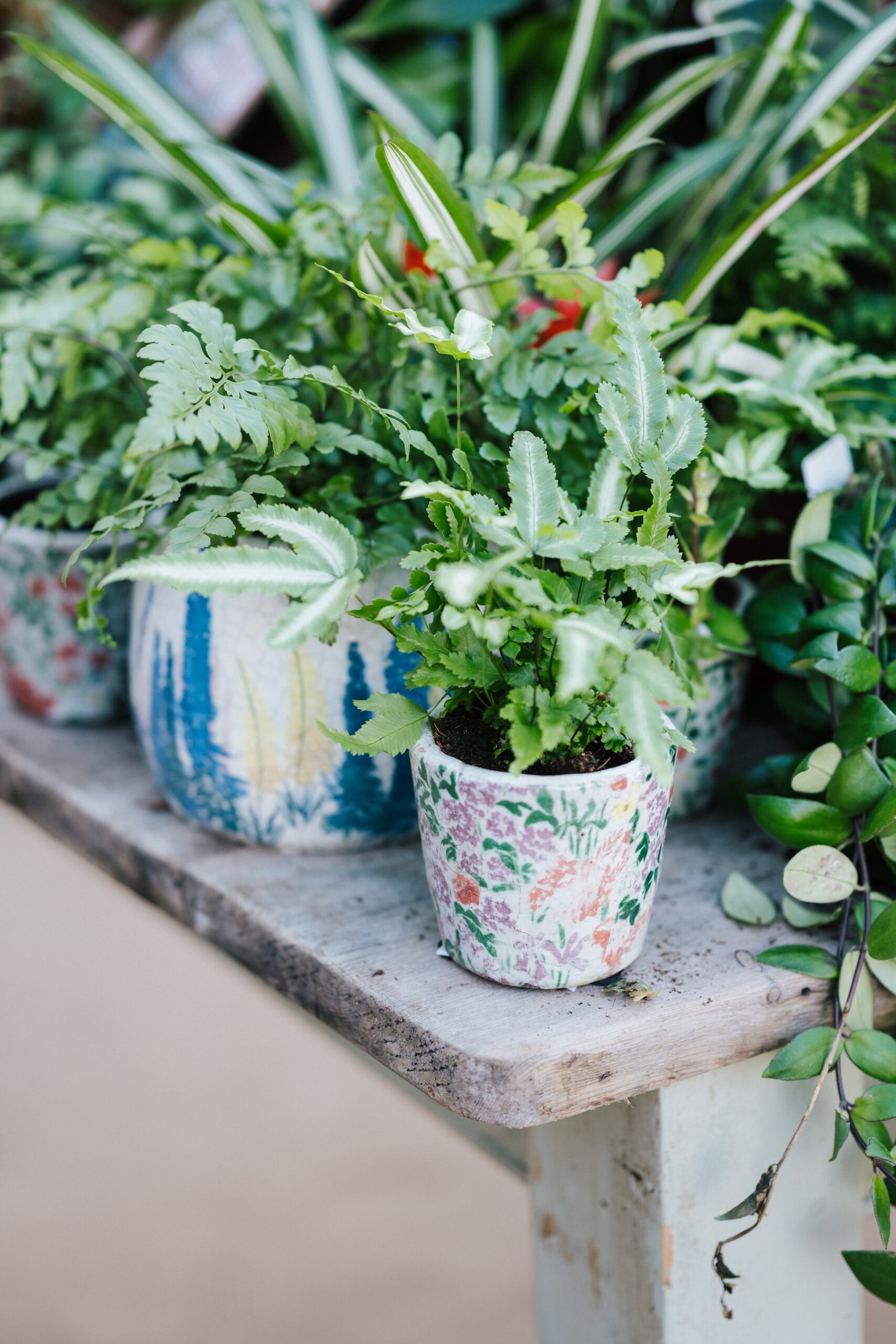Understanding the Importance of Pollinators
Imagine a world without blooming flowers, delicious fruits, or lush green landscapes. Even worse, consider the impacts on the planet without the vibrant ecosystems that support our survival. A crucial factor for these abounding ecosystems and human existence boils down to tiny creatures – pollinators. Pollinators play a significant role in the survival of plants and maintaining healthy ecosystems.
These small heroes, like bees, butterflies, and hummingbirds, essentially serve as messengers of life. They transfer pollen from the male parts of a flower to the female parts, leading to the creation of fruits and seeds. Without this process, we wouldn’t have nearly as many of the foods and plants we depend on daily.
Creating a pollinator-friendly garden not only beautifies our surroundings but also provides much-needed resources for these vital creatures. Offering a diverse range of native flowering plants can be a delightful feast for various pollinators. Providing land and other resources such as water and shelter further aids the survival and proliferation of these species.
Designing for Bees: Hive of Blooms
Bees are among the hardest-working creatures on Earth, and your garden can flourish with their help. To invite bees into your garden, it’s crucial to incorporate specific plants they are attracted to, such as lavender, foxglove, and cosmos.
Planting clusters of the same flowers in one location is an effective way to signal bees to your garden. Further, arrange your garden design to include a succession of blooms from spring through summer, giving bees a continuous source of nectar.
Designing for Butterflies: The Colorful Oasis
Butterflies are not only delightful to watch; they’re beneficial for pollination. Laying out a buffet of nectar-rich flowers like butterfly weed, asters, and zinnias can lure these colorful insects. Apart from the allure of vibrant petals, butterflies require sun for energy and damp soil for their salt intake. Including such elements in your design can make your garden a favorable habitat for them.
Beyond Bees and Butterflies: Inviting Other Beneficial Insects
Emphasis is often placed on bees and butterflies, but they are not the only ones that keep our ecosystems thriving. Many other garden visitors, often overlooked, also contribute to the pollination process. Moths, birds, beetles are just some of these beneficial creatures. Incorporating features and plants that attract these animals can create a harmonious, balanced garden ecosystem.
For example, planting native trees or installing birdhouses can invite feathered pollinators to your space. Beetles and moths, though sometimes less welcome, also play their part and may be attracted by plants that bloom at night.
Key Design Elements for a Successful Pollinator Garden
A successful pollinator garden should be both functional and aesthetically pleasing. This balance lies not only in your choice of plants but also in the use of colors, texture, structure, and garden habitat considerations. A diverse selection of plants will offer food and shelter for a wide range of species.
When planning your garden structure, consider incorporating plants of varying heights and growth patterns. This can create a layered look that’s visually appealing but also practical, providing different species with their preferred nesting or feeding spots. Lastly, providing a water source and safe nesting or overwintering places propels the garden from being just a feeding spot to a vital habitat for pollinators.
In conclusion, designing a garden that attracts pollinators extends the solace of our gardens beyond ourselves. By making thoughtful choices in garden design, we can support and coexist with these incredible creatures that underpin so much of life on our planet.

